What Is Convergence Insufficiency?
Convergence insufficiency (CI) is a common but often overlooked eye condition where your eyes struggle to turn inward together when focusing on something close-like a book, phone, or computer screen. Instead of working as a team, one eye may drift outward, causing double vision, blurred text, or a feeling that words are floating on the page. This isn’t just about blurry vision-it’s about your eyes failing to coordinate properly during near tasks.
It affects 2.5% to 13% of the population, with kids and young adults who spend hours reading or staring at screens being most at risk. Many people think their headaches or eye fatigue after reading are just signs of tiredness. But if you’ve ever felt like your eyes are working too hard just to keep words clear, or you lose your place while reading, you might have CI.
How Is It Diagnosed?
Standard eye exams often miss convergence insufficiency because they focus on sharpness (20/20 vision), not how well your eyes work together. To diagnose CI, you need a specialized binocular vision evaluation.
Key tests include:
- Near Point of Convergence (NPC): The closest point your eyes can focus on a target before double vision kicks in. A normal result is under 7 centimeters. If it’s farther than that, CI is likely.
- Positive Fusional Vergence (PFV): Measures how much your eyes can strain inward before losing single vision. Normal is 15 prism diopters or higher. Low scores mean weak convergence.
- Convergence Insufficiency Symptom Survey (CISS): A 15-question checklist that rates symptoms like headaches, eye strain, and trouble concentrating while reading. A score above 16 suggests CI.
Many patients go years undiagnosed because their optometrist doesn’t run these tests. If you’ve had persistent reading problems and your eye doctor only checked your prescription, ask specifically for a convergence assessment.
Why Traditional Eye Drops or Glasses Don’t Fix It
People often assume that if their vision is blurry, new glasses will help. But CI isn’t a refractive error like nearsightedness. It’s a coordination problem. Glasses with regular prescriptions won’t fix how your eyes turn inward.
Some doctors suggest prism lenses-special glasses that bend light to help eyes align. Base-in prisms can make reading feel easier by reducing strain, but they don’t train your eyes to work better. They’re like a crutch. Once you take them off, the problem returns.
Base-out prisms are sometimes used temporarily in therapy to force the eyes to work harder. But they’re tiring and not meant for daily wear. The American Association for Pediatric Ophthalmology and Strabismus warns they’re not a long-term solution.
Patching one eye is another common misconception. It might help with lazy eye, but it makes CI worse. Patching stops both eyes from working together, which is exactly what you need to fix.
The Gold Standard: Office-Based Vision Therapy
The most effective treatment for convergence insufficiency is supervised vision therapy in a clinical setting, combined with daily home exercises. This approach is backed by the Convergence Insufficiency Treatment Trial (CITT), a major NIH-funded study published in 2008 that compared four different treatments.
The results were clear:
- Office-based vision therapy (OBVT): 75% of patients showed full or significant improvement after 12 weeks.
- Home-based pencil push-ups: Only 43% improved.
- Home-based computer therapy: Just 33% improved.
Office-based therapy includes weekly 45- to 60-minute sessions with a trained vision therapist. During these sessions, you’ll do exercises like:
- Pencil push-ups: Holding a pencil at arm’s length and slowly moving it toward your nose while keeping it single and clear.
- Jump convergence: Rapidly shifting focus between a near target and a distant one.
- Stereograms and convergence cards: Images designed to train your brain to fuse two images into one.
At home, you’ll do 15 minutes of exercises five days a week. The key is consistency. Studies show patients who complete at least 80% of their home exercises have an 82% success rate.
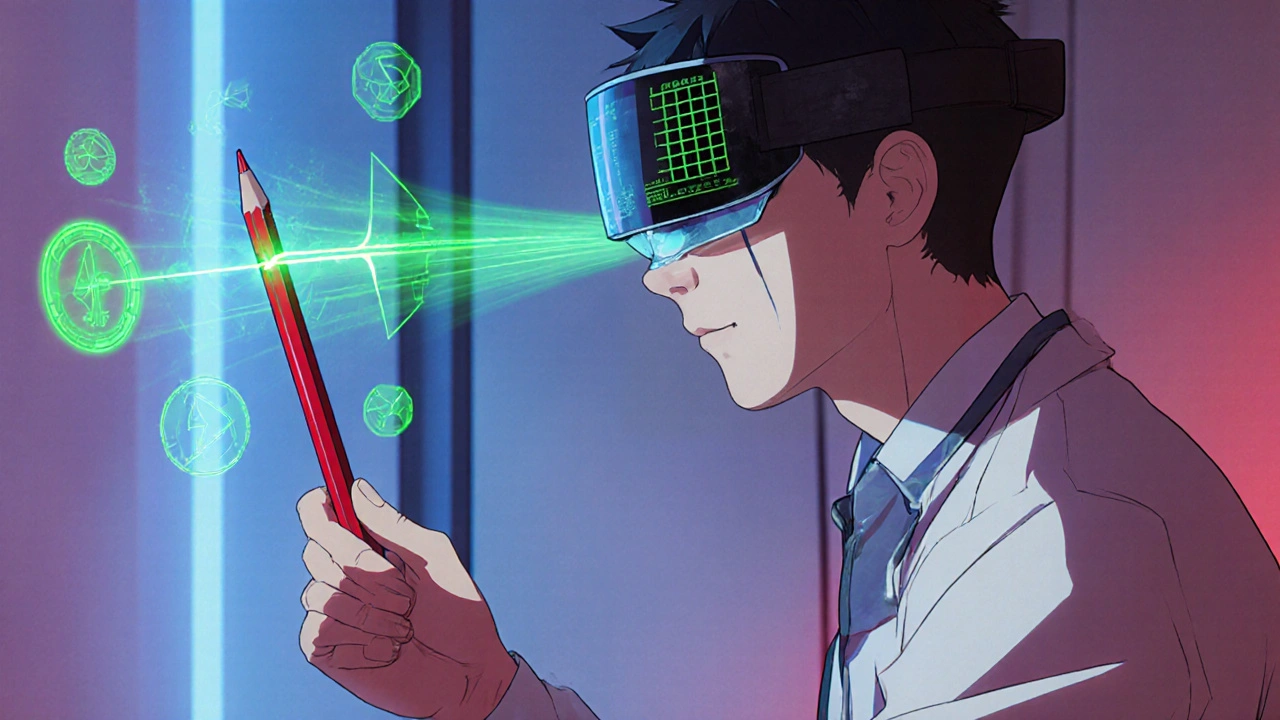
Computer-Based Therapy: Convenient, But Less Effective
Apps like AmblyoPlay and HTS Instinctive offer digital vision therapy you can do at home using a tablet or computer. They’re convenient, especially for busy families, and some include real-time feedback to track progress.
But they’re not a replacement for in-person therapy. While better than doing pencil push-ups alone, computer-based programs still lag behind office-based therapy in outcomes. The CITT study found only 33% success with home computer therapy versus 75% with supervised therapy.
One advantage: AmblyoPlay added a telehealth feature in 2023, letting therapists monitor progress remotely. Early data shows this boosts adherence to 68%, compared to 52% for traditional home-only programs.
If you can’t access a vision therapist, computer therapy is a reasonable middle ground. But if you have the option, go for supervised care.
What to Expect During Treatment
Therapy usually lasts 8 to 12 weeks. It’s not a quick fix. You’ll start with simple exercises and gradually move to more complex ones. Many patients feel frustrated at first-especially when they see double vision during exercises. That’s normal. It means your eyes are trying to work together again.
Some people experience mild headaches or eye fatigue early on. This fades as your visual system adapts. Vision therapists use tools like red-green filters to help patients overcome suppression (when the brain ignores input from one eye). These techniques help retrain the brain to use both eyes.
Success stories are common. Parents report kids who used to avoid reading now read for an hour without complaints. Students say they no longer lose their place or need to reread paragraphs. Adults working on computers say headaches disappeared.
But results depend on sticking with it. Skipping sessions or not doing home exercises cuts your chances of success in half.
Cost and Insurance Challenges
The biggest barrier to treatment isn’t effectiveness-it’s access and cost.
A full course of office-based vision therapy typically costs between $2,500 and $4,000. Insurance coverage is spotty. Only about 32% of private plans in the U.S. cover vision therapy, according to the American Optometric Association.
Many families pay out of pocket. Some clinics offer payment plans. Others accept HSA or FSA funds. If your insurance denies coverage, ask for a letter of medical necessity from your therapist. CITT study results are strong enough to support appeals.
There are only about 1,200 COVD-certified vision therapists in the U.S. That’s not enough to meet demand. Waitlists can be long. If you’re in a rural area, telehealth options might be your best bet.

Long-Term Results and Follow-Up
The good news: improvements last. The CITT-2 study, published in 2022, followed patients for a year after treatment. Eighty-two percent kept their gains. Symptoms didn’t return.
That’s because vision therapy doesn’t just mask the problem-it retrains the brain’s control over eye movement. Once the neural pathways are strengthened, the eyes remember how to work together.
Some patients need a short “tune-up” after several months, especially if they return to heavy screen use. But most don’t need ongoing therapy.
What Doesn’t Work
There’s a lot of misinformation out there. Avoid these myths:
- Eye exercises from YouTube: Random online videos aren’t structured or monitored. They rarely follow clinical protocols.
- Just wearing glasses: Unless they’re specifically designed for CI with prisms (and even then, only temporarily), they won’t fix the root issue.
- Patching: It prevents binocular vision-exactly what you need to develop.
- Waiting it out: CI doesn’t resolve on its own in most cases. The longer it goes untreated, the more it impacts learning, focus, and confidence.
When to See a Specialist
If you or your child has:
- Repeated headaches after reading or screen use
- Words that blur or double
- Difficulty concentrating while reading
- Needing to reread the same line
- Eye fatigue that doesn’t go away with rest
Don’t assume it’s just “getting older” or “too much screen time.” See a developmental optometrist or vision therapist trained in binocular vision disorders. Ask if they use the CISS questionnaire and perform NPC and PFV tests.
Can convergence insufficiency be cured?
Yes, in most cases. With proper treatment-especially supervised vision therapy-75% of patients achieve full or significant improvement. The condition is not permanent, and gains are typically long-lasting once therapy is completed.
Is vision therapy only for kids?
No. While CI is commonly diagnosed in children, adults benefit just as much. Many adults report dramatic improvements in reading speed, focus, and comfort after therapy, even if they’ve had symptoms for years.
How long does vision therapy take?
Most people complete treatment in 8 to 12 weeks. This includes weekly in-office sessions and daily 15-minute home exercises. Some cases may take longer if symptoms are severe or adherence is low.
Can I do vision therapy at home without a therapist?
You can try home exercises like pencil push-ups, but they’re far less effective. The CITT study showed only 43% improvement with home-only treatment versus 75% with supervised therapy. Without professional guidance, you may do the exercises incorrectly or miss signs of suppression.
Does insurance cover vision therapy for convergence insufficiency?
Only about 32% of private insurance plans in the U.S. cover it. Many consider it "experimental" despite strong evidence. You may need to appeal with documentation from your therapist and cite the CITT study. HSA and FSA funds can help offset costs.

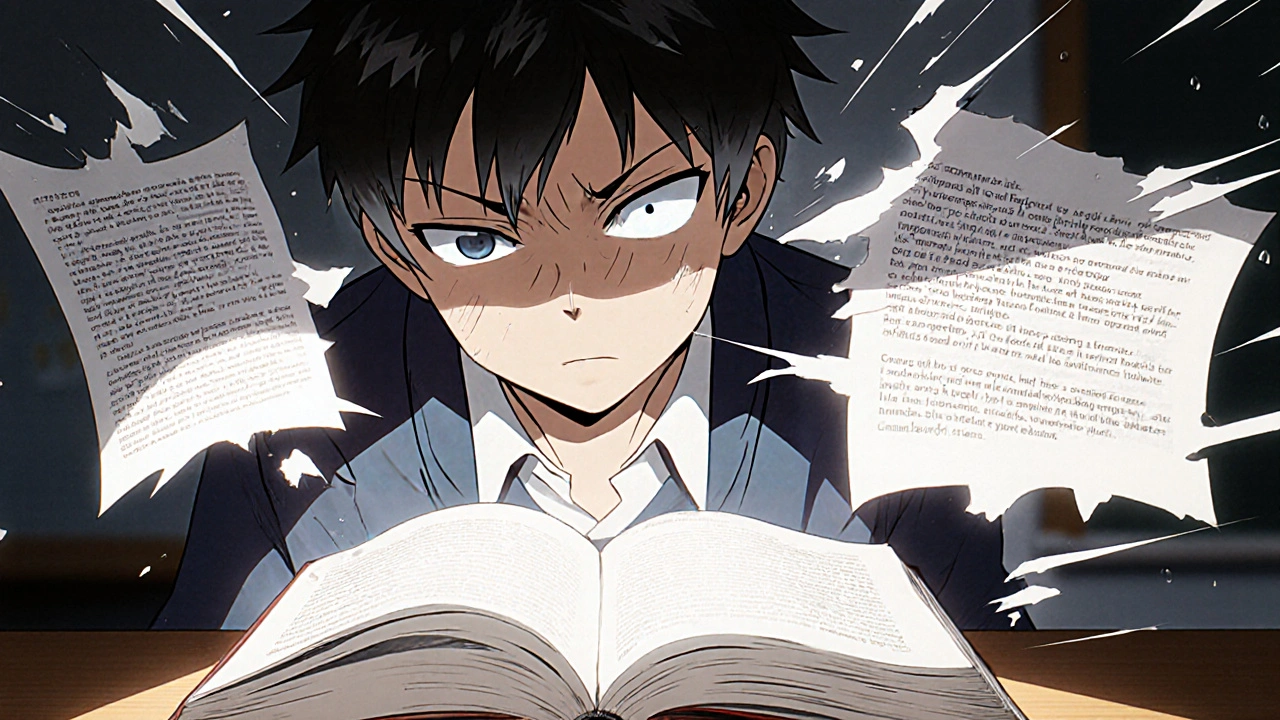
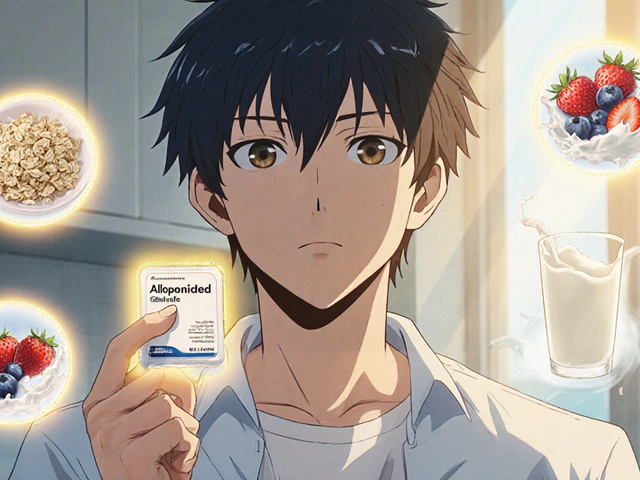


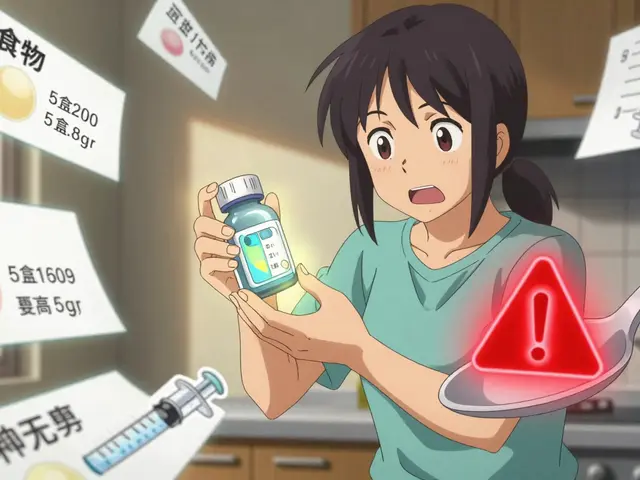



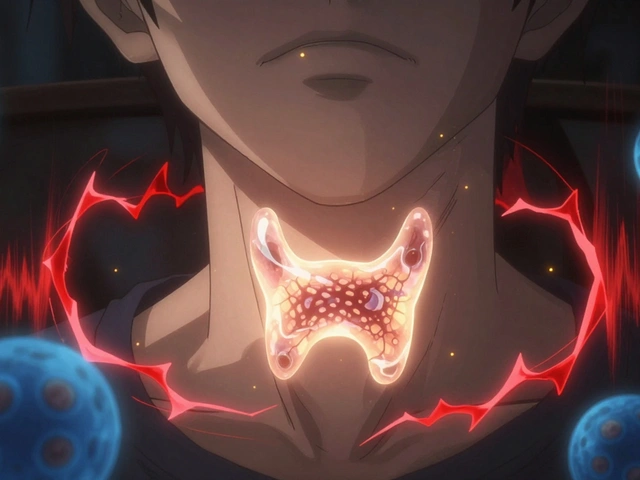
So let me get this straight - we’re spending thousands on eye exercises like we’re training a puppy to stop chewing shoes? 🤦♀️ I’ve been squinting at my laptop for 12 years and my eyes still work better than my bank account. Just give me a bigger monitor and stop selling me snake oil.
The body remembers what the mind forgets. Vision is not optics. It is neurology. The eyes are merely the window - the brain is the architect. To treat convergence as a muscle problem is to mistake the brush for the painter.
This is textbook neuroplasticity in action. The CITT trial is peer-reviewed, longitudinal, and statistically significant. The fact that insurance denies coverage reflects systemic underinvestment in functional neurology. We treat ADHD with stimulants but call vision therapy 'alternative'? That’s not science - that’s capitalism with a stethoscope.
They don’t want you to know this. Vision therapy is a Trojan horse. The same people pushing this are the ones who got the CDC to say 5G causes migraines. Next they’ll say your phone is secretly rewiring your occipital lobe with subliminal TikTok pulses. Wake up. This is all part of the optometry-industrial complex.
Ah yes, the sacred rites of the visual priesthood - red-green filters, convergence cards, and the holy pencil push-up. The ritual is beautiful in its absurdity. We’ve replaced the oracle with the optometrist, the temple with the clinic, and the divine mystery of perception with a 12-week behavioral conditioning program. The gods of binocular vision demand sacrifice… and a $3,000 payment plan.
I had this issue for years. My son struggled in school, kept losing his place. We tried glasses, rest, nothing worked. Then we found a developmental optometrist. After 10 weeks of therapy, he read his first book without stopping. No hype. Just science. If you’re reading this and your child is struggling - don’t wait. Go get tested.
Let’s cut the crap. If you’re paying $4k for eye exercises, you’re either rich or gullible. Pencil push-ups are free. You can do them while watching Netflix. The real scam is the $200/hr therapist who makes you stare at a card for 45 minutes like you’re in a cult. I’ve got 12 years of reading and zero therapy - my eyes are fine. Stop monetizing eye strain.
I just want to say how much this post means to me. I’ve had CI since I was 14. No one believed me. Teachers thought I was lazy. Doctors said I was just tired. I cried in the library because I couldn’t read a paragraph without my brain shutting down. I did the therapy. It took months. I almost quit. But now? I read novels again. I don’t hate books. I don’t hate myself. Thank you for putting this out there. I’m not alone.
I tried the pencil thing. My cat stared at me like I was insane. 🐱👀 Still got headaches. But hey - at least I tried. 🤷♂️
Honestly, I didn’t believe it either until my daughter came home from school saying her words were dancing. We went to a vision therapist - 12 weeks, $3k, totally worth it. Now she reads for fun. Like, actual books. And she’s 8. I’m not even mad about the cost anymore. Just wish we’d known sooner. 🙏
I’m so glad this exists. I was told I was just 'overworked' for years. I thought I was broken. Turns out my eyes just needed to learn how to talk to each other again. Therapy wasn’t easy, but it was the best thing I ever did for myself. You’re not lazy. You’re not weird. You just need the right help. 💪❤️